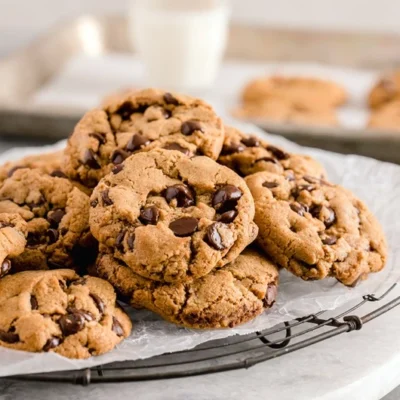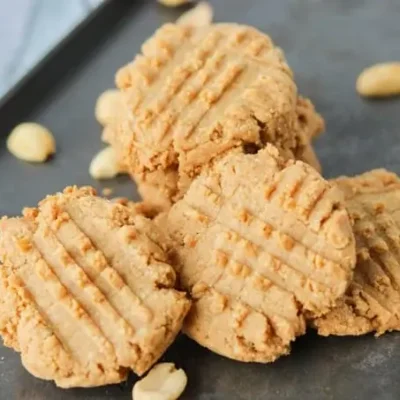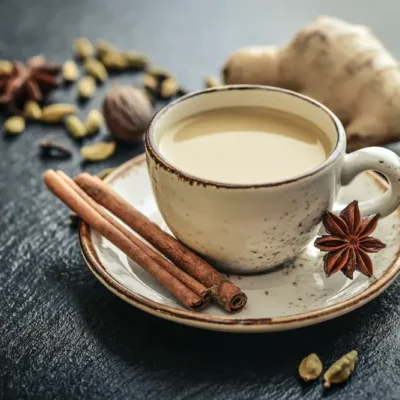Gujiya is a popular Indian sweet that is commonly made during festivals like Holi and Diwali. This deep-fried pastry is filled with a delicious stuffing made of khoya, sugar, and mixed dry fruits. Making gujiya at home is not only fun but also allows you to customize the stuffing according to your taste. While it may seem intimidating at first, with the right ingredients and techniques, making gujiya can be a simple and rewarding experience. In this guide, we will take you through step-by-step instructions on how to make gujiya at home, along with some tips and tricks to help you get the perfect pastry every time.
Holi, also known as the “festival of colors,” is a vibrant and joyful Hindu festival that is celebrated in India and around the world. Traditional Holi celebrations often include playing with colored powders, dancing, and feasting on delicious food. Here is a recipe for a popular Holi dish, called “gujiya,” a sweet and flaky pastry filled with a sweetened coconut and nut mixture:
Ingredients:
For the pastry:
- 2 cups all-purpose flour
- 1/3 cup ghee (clarified butter)
- 1/2 cup water
For the filling:
- 1 cup grated coconut
- 1/2 cup sugar
- 1/4 cup chopped cashews
- 1/4 cup chopped almonds
- 1/4 cup raisins
- 1/4 tsp cardamom powder
Other:
- Cooking Oil for deep frying
- Water for sealing
Instructions:
- In a mixing bowl, combine the flour and ghee. Rub the mixture between your palms until it resembles breadcrumbs.
- Slowly add water and knead the mixture until it forms a smooth and firm dough. Cover the dough and let it rest for 30 minutes.
- In a pan, roast the grated coconut until it turns light brown.
- Add the chopped cashews, almonds, and raisins to the pan and sauté for a few minutes.
- Add the sugar and cardamom powder to the pan and mix well. Cook for a few more minutes until the mixture thickens.
- Roll out the dough into small circles, about 3 inches in diameter.
- Place a spoonful of the filling in the center of each circle.
- Apply water around the edges of the circle and fold the dough over the filling to form a semi-circular shape. Press the edges together to seal the pastry.
- Heat oil in a deep frying pan.
- Once the oil is hot, gently drop the gujiyas into the oil and fry until they turn golden brown.
- Drain the fried gujiyas on a paper towel to remove excess oil.
- Allow the gujiyas to cool before serving.
Gujiyas are a traditional and delicious treat that are often served during Holi celebrations. They can be enjoyed as a snack or dessert, and they pair well with a cup of chai tea or coffee. Happy Holi!
Also read: Creamy and Delicious Pumpkin Soup Recipe
Important points
Here are some important points to keep in mind when making gujiya at home:
- Use fresh and high-quality ingredients to make the gujiya more flavorful.
- Ensure that the dough is kneaded well and is not too dry or too wet. This will help in making the perfect pastry for gujiya.
- Roast the khoya on low heat to avoid burning it and to get the perfect texture.
- Make sure to seal the edges of the gujiya well to prevent the stuffing from leaking out during frying.
- Use a gujiya mold to shape the pastry if you’re new to making gujiya, as it will help you get a perfect shape.
- Fry the gujiya on medium heat to ensure that they cook evenly and don’t burn.
- Drain the excess oil from the gujiya by placing them on a paper towel before storing or serving them.
- Store the gujiya in an airtight container to maintain their freshness and crispness.
FAQ
Gujiya is a traditional Indian sweet that is typically prepared during Holi, Diwali, and other festive occasions. It is a fried pastry filled with a sweet stuffing made of khoya, dry fruits, and sugar.
To make gujiya at home, you will need all-purpose flour, ghee, water, salt, khoya, powdered sugar, mixed dry fruits (almonds, cashews, raisins, pistachios), cardamom powder, vegetable oil, and semolina.
To make the pastry dough, mix together the flour, salt, and ghee in a mixing bowl. Rub the mixture with your hands until it becomes crumbly. Slowly add water to the mixture and knead it into a soft and smooth dough. Cover the dough with a damp cloth and keep it aside for 15-20 minutes.
To make the stuffing, roast the grated khoya in a non-stick pan on low heat until it turns light brown. Let it cool. Add the powdered sugar, chopped mixed dry fruits, and cardamom powder to the cooled khoya mixture. Mix everything well.
Divide the dough into small balls and roll each ball out into a small circle. Place a spoonful of the khoya mixture in the center of the circle. Wet the edges of the circle with a little water and fold the circle over to make a semi-circle. Press the edges together to seal the pastry. You can also use a gujiya mold to shape the pastry.
Preheat the vegetable oil in a deep frying pan on medium heat. Add semolina to the oil to prevent the gujiyas from absorbing too much oil. Gently slide the gujiyas into the hot oil, a few at a time. Fry them until they are golden brown on both sides. Remove the gujiyas with a slotted spoon and drain them on a paper towel to remove the excess oil.
You can store gujiya in an airtight container for up to a week.
In conclusion, making gujiya at home is a delightful and rewarding experience that can help you connect with your cultural heritage and create memorable moments with family and friends. By following the step-by-step instructions and tips we provided in this guide, you can create delicious gujiya with the perfect balance of sweetness and crunch. Whether it’s for a special occasion like Holi or simply a way to treat yourself and your loved ones, making gujiya at home is a fantastic way to celebrate the rich and diverse culinary traditions of India.





